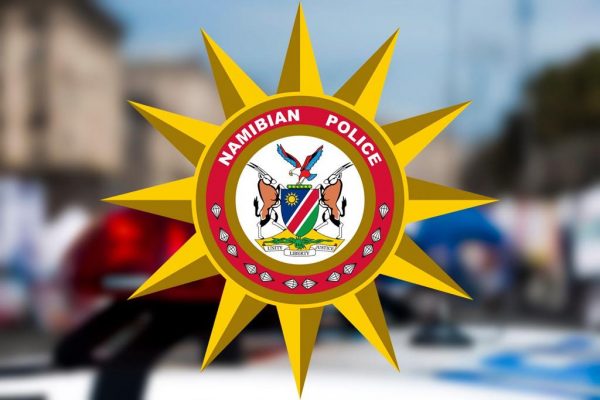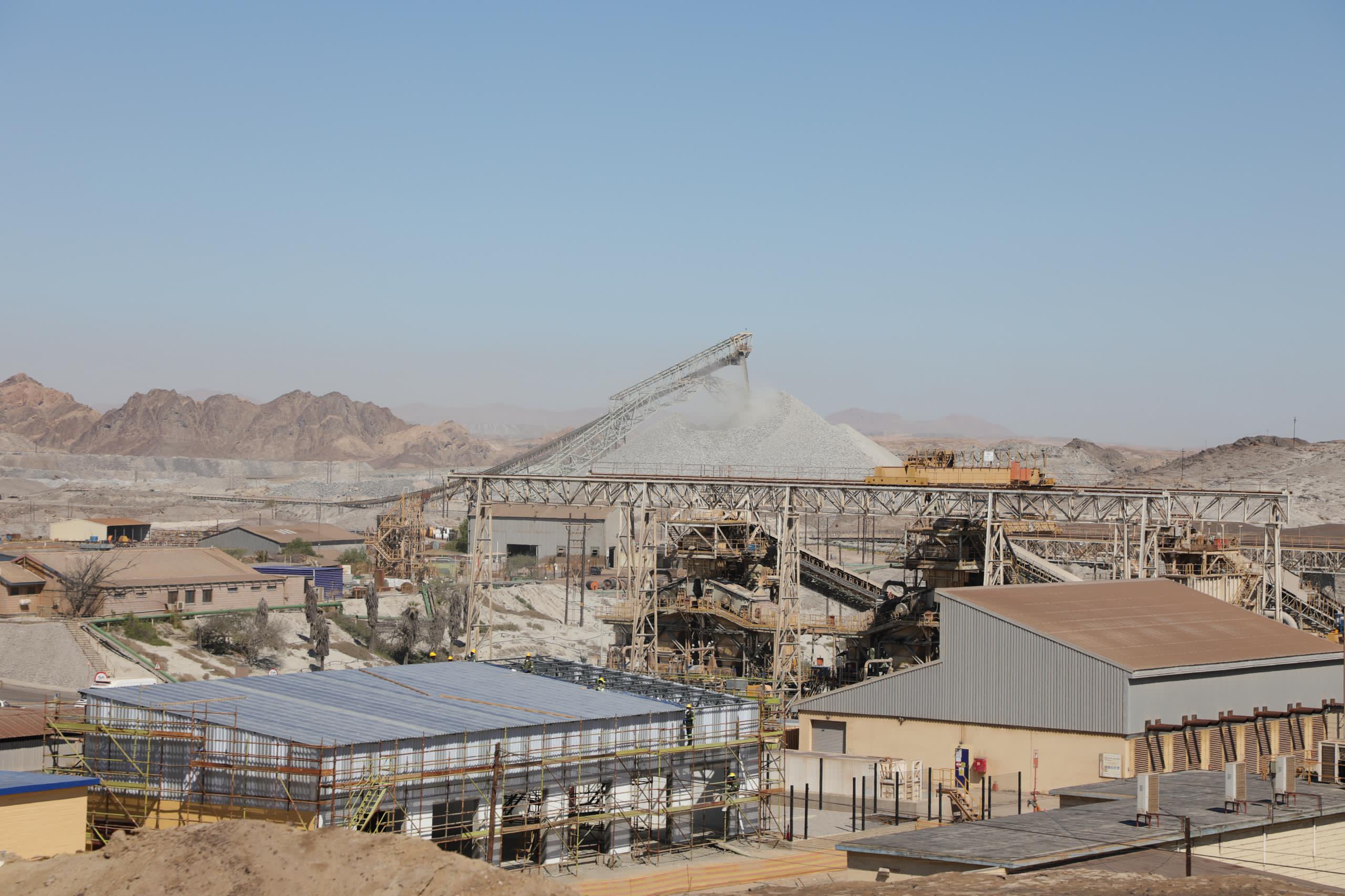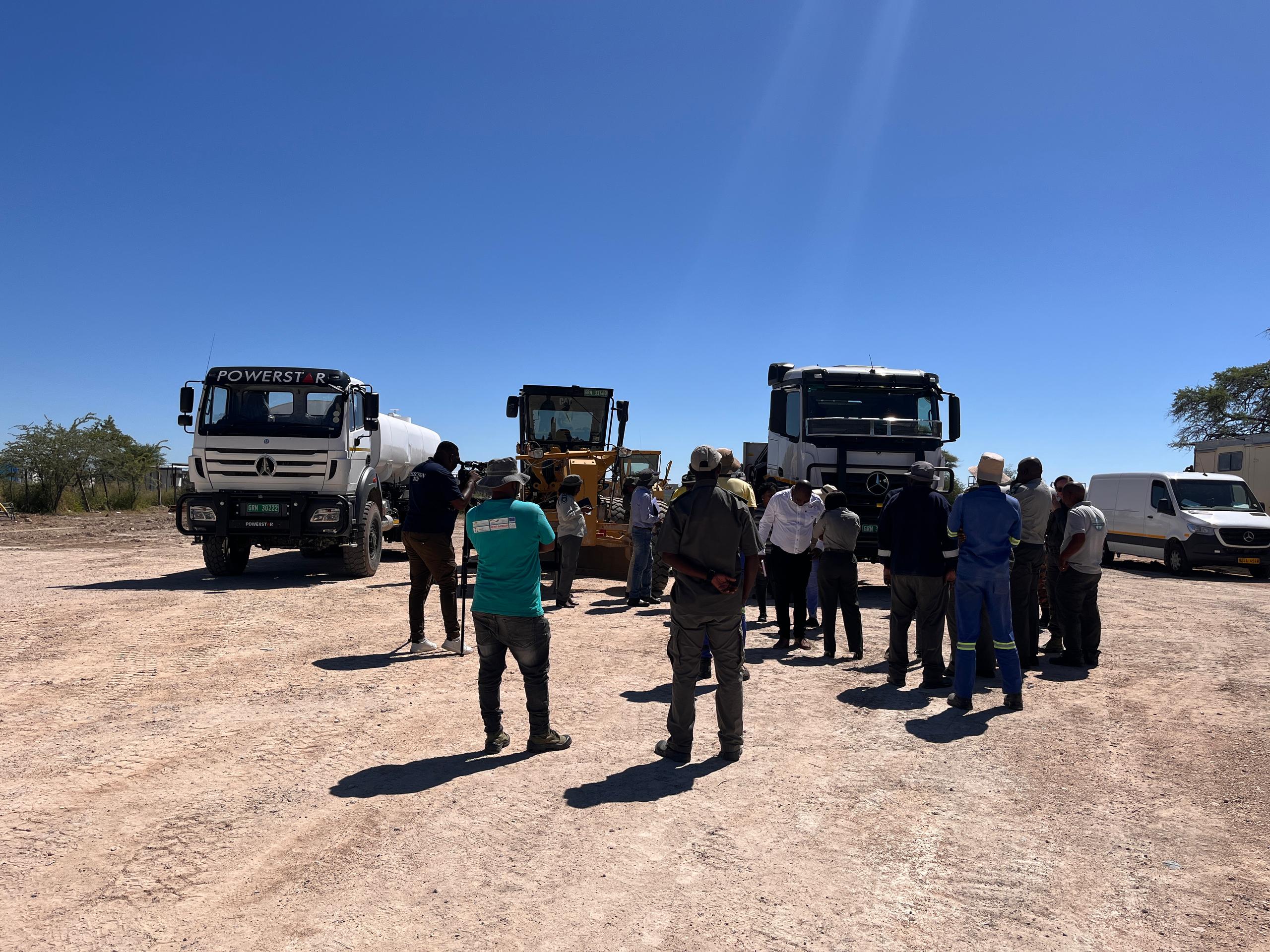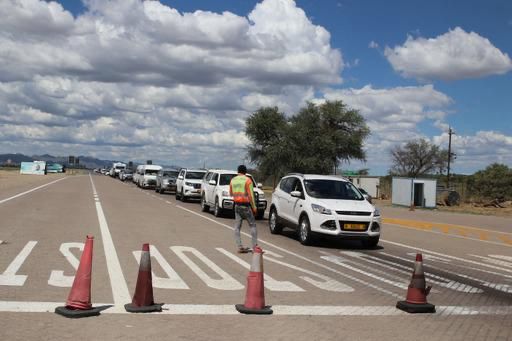As over one million Namibians endured long queues and got sunburnt to vote on 27 November, frustration mounted and questions arose over the Electoral Commission of Namibia (ECN’s) handling of the event.
Election day was expected to see a strong turnout, with 90% of the 1.4 million eligible voters having registered.
While the ECN suggested election day had started on a positive note, the Southern African Development Community (SADC) Electoral Observation Mission (Seom) observed voting processes in all regions and covered 221 polling stations, with 16 polling stations observed during opening procedures.
Six of the 16 polling stations observed by the Seom did not open on time.
As the day progressed, numerous logistical and operational failures emerged.
Tablets used for voter verification overheated, causing frequent interruptions as polling staff were forced to switch off the tablets and allow them to cool off.
Ultraviolet light torches used for voter verification and invisible ink markings ran out of batteries.
Polling stations ran short of ballot papers.
The public questioned the use of pencils in casting votes, with some reporting broken pencils.
Full ballot boxes had to be collected before a new one could be used, with a lengthy collection time.
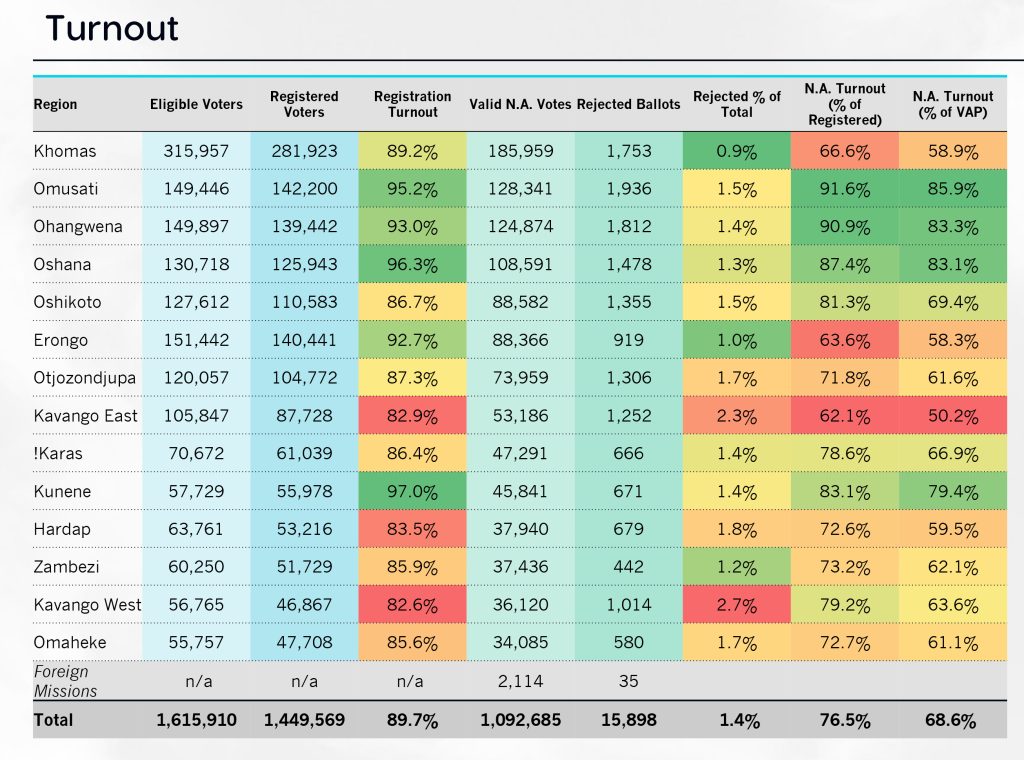
Queues were moving slowly, or not moving at all for long periods, due to a combination of the factors mentioned above.
Voters/potential voters were left behind by mobile polling teams despite being in the queue for a lengthy period of time, forcing them to seek another station.
Some polling stations reportedly turned potential voters away after 21h00.
Queue jumping frequently occurred, particularly among those who were not elderly citizens or suffering from any apparent disability or injury.
At the Hosea Kutako International Airport station, voters with plane tickets were allowed to skip the queue, which caused unrest as hundreds of voters travelling to the station solely for voting purposes saw no movement of the queue for several hours.
In light of a large percentage of registered voters unable to cast their votes due to these issues, the voting period was extended to 29 and 30 November.
However, the reopening of polling stations was disproportionately applied.
Some 22 stations were reopened in the Kunene region, while the Oshana region saw 12 reopen, and the Oshikoto and Khomas regions saw one each.
No other regions saw polling stations reopening, raising questions as to the fairness of voter participation across the country.

VOTER BASE AND TURNOUT
Voter turnout was strong, with just over one million votes cast.
This represents 76.5% of registered voters, or 68.6% of the voting-age population.
As observed in previous election years, voter turnout was the strongest in the northern regions, with a relatively weak turnout in urban regions.
The Kavango East region saw a voter turnout of just 62%, repeating the 2019 election as the region with the lowest voter turnout (47.4%), with 1.4% of total votes cast were rejected (occurs when a ballot has no clear vote choice or a voter’s personal identity is revealed).
A net of 91 000 additional eligible voters registered ahead of the 2024 election, expanding the registered voter base by 6.7% from 2019.
However, the 2024 registration period implemented a new voter roll to address inaccuracies in previous rolls, which included the deceased, duplicates and omitted voters who had actually registered.
The Omusati, Ohangwena, and Kavango West regions saw fewer registered voters, primarily due to rural-urban migration.
According to the 2023 census, these regions see the highest outward migration of all regions and Khomas sees the highest inward migration from the two former regions – an important consideration when assessing the voter base by region.
Meanwhile, an additional 272 000 valid votes were cast within the country, seeing votes increase by a third.
An additional 50 000 votes came from those in the Khomas region.
Compared to 2019, turnout is up significantly in all regions. Omusati, Ohangwena and Oshana repeated 2019 as the top three regions by turnout.
The Kavango East region again saw the lowest turnout, while the Khomas and Erongo regions saw relatively smaller improvements in turnout compared to other regions
Turnout for the presidential election was greater than for the National Assembly election in every region, except for the Kavango East region, where more individuals purposely decided not to cast a vote for a party and only for a presidential candidate.
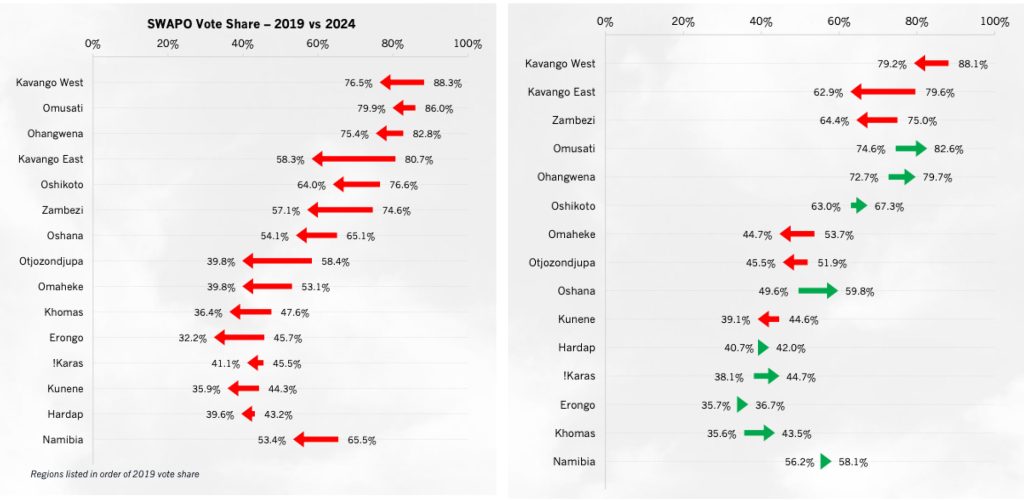
SWAPO
Swapo lost support in all 14 regions as newcomers Independent Patriots for Change (IPC) and Afirmative Repositioning (AR) proved disruptive.
The party secured 583 300 votes, translating to a 53.4% vote share.
Of the 272 000 additional votes cast from 2019, the party secured 46 000, with additional votes from all regions except for the Erongo region, where the party lost a net of l 000 votes.
Swapo now holds 5I seats in parliament, losing 12 seats from 2019.
POPULAR DEMOCRATIC MOVEMENT (PDM)
The PDM suffered a significant drop in support as its vote share dropped to just 5.5% from 16.7% in 2019, and its status as the official opposition party has been overtaken by the IPC.
Just 59 839 votes went to the PDM, down from 137 576 in 2019.
Only in the two Kavango regions did the party secure greater vote shares compared to 2019.
The Kunene region remains the party’s strongest region, retaining its position as second-favourite behind Swapo.
However, after strong performances in the Erongo, Khomas and Oshana regions in 2019, support reverted back to 2014 levels as voters from the respective regions pivoted to IPC and the AR.
The PDM now holds just five seats in parliament, losing 11 seats from 2019.

INDEPENDENT PATRIOTS FOR CHANGE (IPC)
Newcomer IPC secured 220 809 votes, achieving a vote share of 20.2%.
Following a similar voting base to Itula’s 2019 presidential support, the party’s strongest backing came from the Erongo, Khomas and Oshana regions.
The IPC’s performance came at the expense of the both the PDM and Swapo, with the PDM’s vote share in all four of northern O-regions dropping below 2%.
In the southern regions, the IPC’s support primarily hurt the PDM, as Swapo and the Landless People’s Movement (LPM) maintained similar vote shares to 2019 in the Hardap and //Kharas regions.
In the Kavango regions, the IPC’s performance came at the expense of Swapo, as the PDM gained vote shares in the two regions.
On the other hand, the IPC’s performance in the Zambezi region is at the cost of both parties.
The party earned 20 seats in parliament, marking the highest number of seats for a non-Swapo party since the Democratic Turnhalle Alliance in 1989 (21 seats).
AFFIRMATIVE REPOSITIONING (AR)
Newcomer AR secured 72 227 votes, translating to a 6.6% vote share and ranking third among party performances.
The party significantly outperformed its presidential candidate, Job Amupanda, who only received 19 676 votes (18% of the total).
Like the IPC, the party’s strongest support came from the Khomas, Oshana and Erongo regions.
The AR secured a greater vote share in all four of the northern O-regions than both the PDM and the LPM.
However, the Kavango regions showed stronger support for the PDM than the AR. The party’s performance earned it six seats in the parliament.
GEINGOB 2019 VS NANDI-NDAITWAH 2024 VOTE SHARE
Swapo’s presidential candidate, Netumbo Nandi-Ndaitwah, outperformed her party by securing 638 560 votes, translating to a 58% vote share.
In every region, Nandi-Ndaitwah achieved a higher vote share than Swapo, with the largest gap observed in the Khomas region, where she received 13 739 more votes than the party (20.3% more votes).
ITULA VOTE SHARE – 2019 VS 2024
Itula secured 284 106 of the votes, translating to a vote share of 25.8%.
He proved more popular than the IPC, securing 63 000 more votes than the party.
Itula lost ground in the four northern O-regions, as well as in the Khomas and Erongo regions.
This was largely due to Nandi-Ndaitwah’s popularity in these regions, where she performed better than former president Hage Geingob in 2019, though AR candidate Amupanda secured 3% of the votes in the Khomas region.
However, Itula’s performance in the Kavango, Zambezi, Otjozondjupa and Omaheke regions improved broadly, where Nandi-Ndaitwah lost ground.
Itula gained, and vice versa, except in the Hardap region, where both party candidates achieved greater vote shares than in 2019.
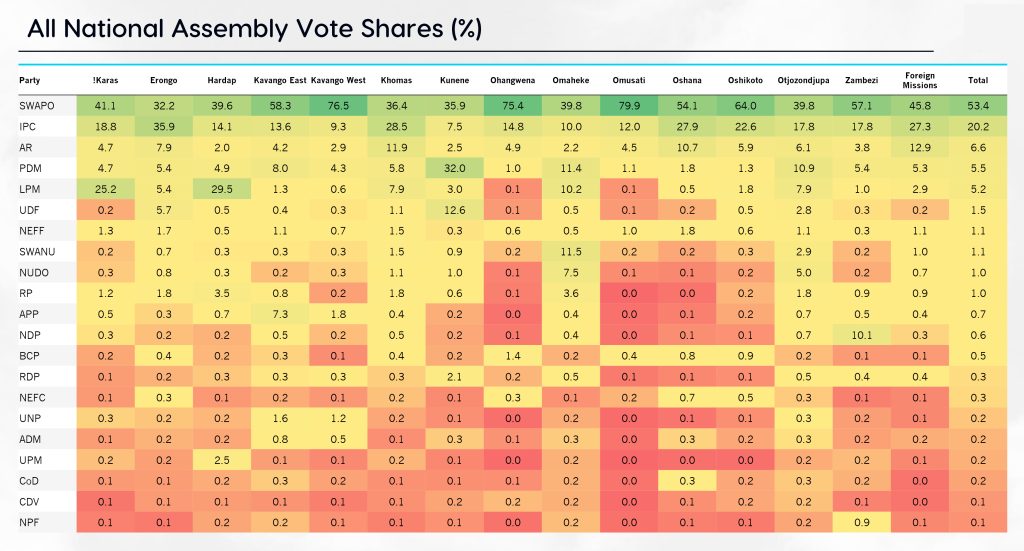
OTHER CANDIDATES
PDM leader McHenry Venaani’s and LPM leader Bernadus Swartbooi’s regional vote shares were similar to those in 2019.
Of the total votes, Venaani was slightly less popular (5.3% in 2019 to 5.0% in 2024), while Swartbooi gained popularity (2.7% in 2019 to 4.7% in 2024).
Among the less prominent candidates, Hendrik Gaobaeb of the United Democratic Front secured 4.1% of the votes in Erongo and 11% in Kunene.
Evilastus Kaaronda of Swanu of Namibia received 0.09% of the votes in the Omaheke region, while Ambrosius Kumbwa of the All People’s Party garnered 5.3% in the Kavango East region.
SUMMARY
The IPC and AR proved disruptive in the National Assembly votes, collectively securing 26.8% of the total votes.
This came at the expense of Swapo and the PDM, which collectively garnered 58.9% of the votes, down from 82.2% in 2019. The LPM performed slightly worse than in 2019.
As for the presidential votes, Nandi-Ndaitwah marginally improved on Geingob’s 2019 performance, while Swartbooi made gains compared to his previous results.
Itula and Venaani performed worse than in 2019, losing ground in the northern O-regions, as well as the Khomas and Erongo regions.
Only Nandi-Ndaitwah and Itula outperformed their respective parties, whereas Venaani, Swartbooi and Amupanda underperformed compared to theirs.
*Tannan Groenewald is the head of data and analytics at Cirrus Capital.
Stay informed with The Namibian – your source for credible journalism. Get in-depth reporting and opinions for
only N$85 a month. Invest in journalism, invest in democracy –
Subscribe Now!







